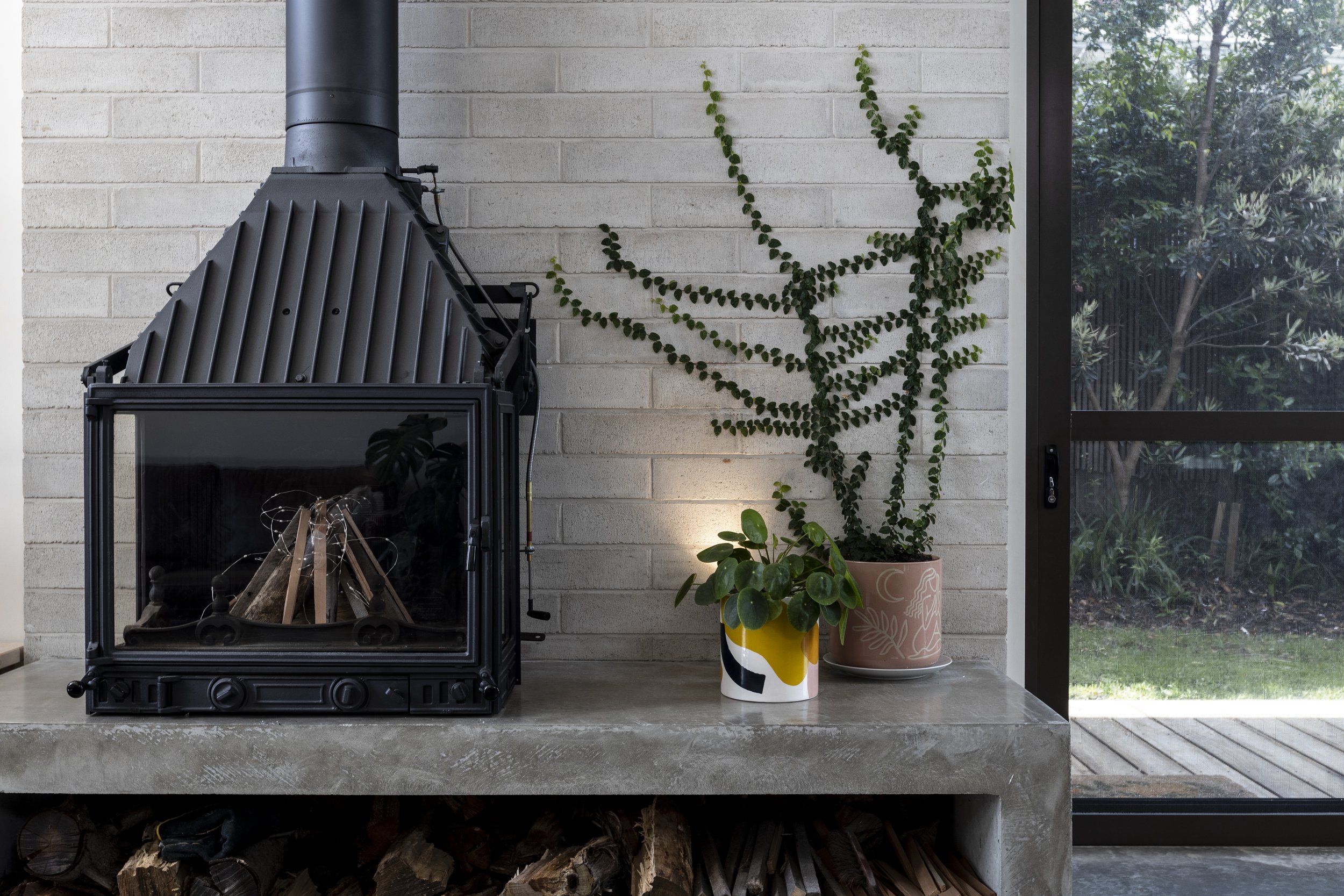
10 Key Principles of Environmentally Sustainable Design: Enhancing Building Performance and Comfort
In the escalating pursuit to create a world that respects our environment, applying environmentally sustainable design (ESD) principles to new developments is crucial. These principles extend beyond simply 'going green.' They encompass a broad range of ten categories that collectively contribute to reducing negative environmental impacts and improving the health and comfort of building occupants. This blog post provides a comprehensive analysis of these ten categories: indoor environment quality, energy efficiency, water efficiency, stormwater management, building materials, transport, waste management, urban ecology, innovation, and construction and building management.

Going Off Grid with Solar Energy for Your New Home Build
Are you currently contemplating the idea of embracing an off-grid lifestyle and harnessing the power of solar energy to fuel your home? With the right knowledge and expertise, it is indeed possible to establish a dependable and self-sufficient power system that caters to all your electricity requirements for your upcoming construction project. Here are some valuable tips to help you kickstart your journey towards energy independence and sustainability.

How good design can impact Health & Wellbeing
In today's world, it is not enough for a home or building to look good—it must also be designed in such a way that it increases the health and wellbeing of its inhabitants. Good design not only improves the aesthetics of a space, but also optimises passive thermal comfort through the use of natural light, natural ventilation, and natural materials. Here, we explore how good design can improve your health and wellbeing.

